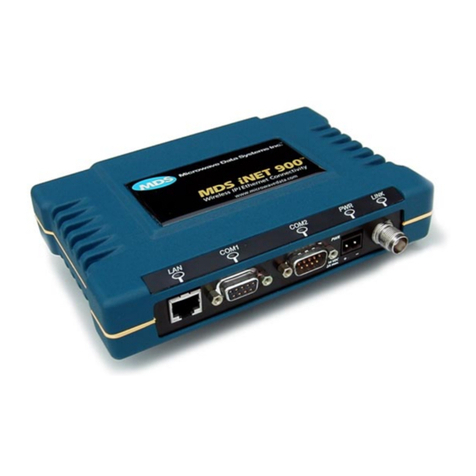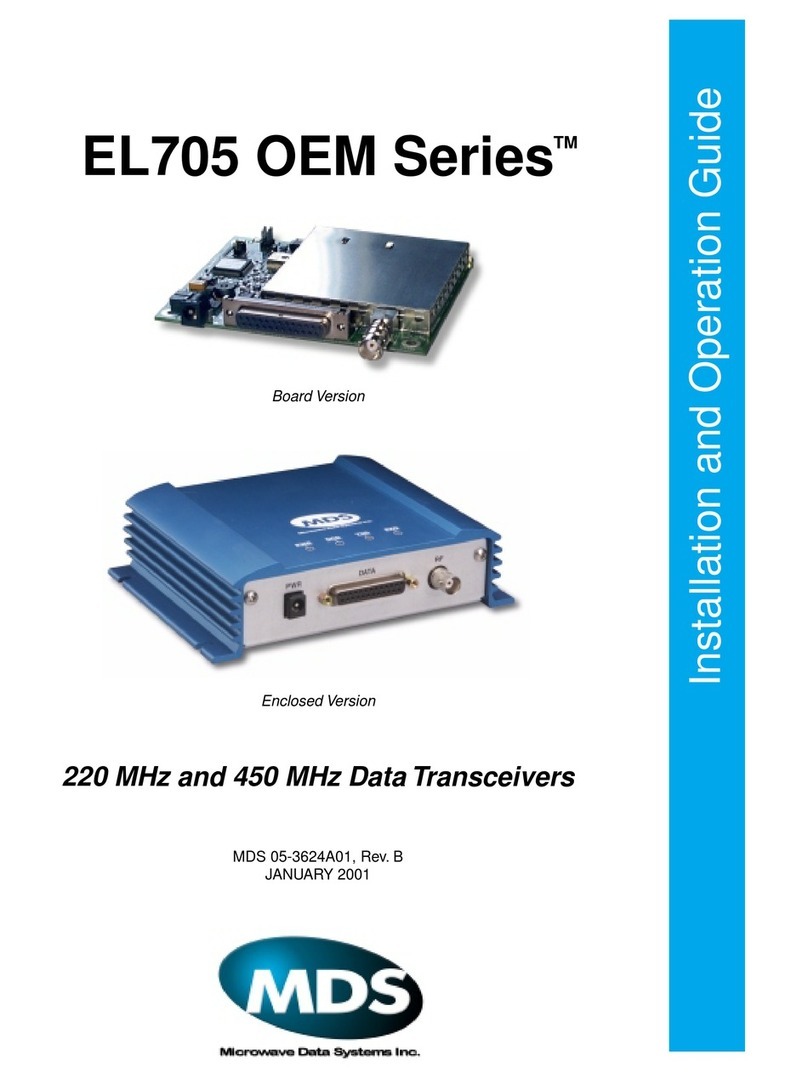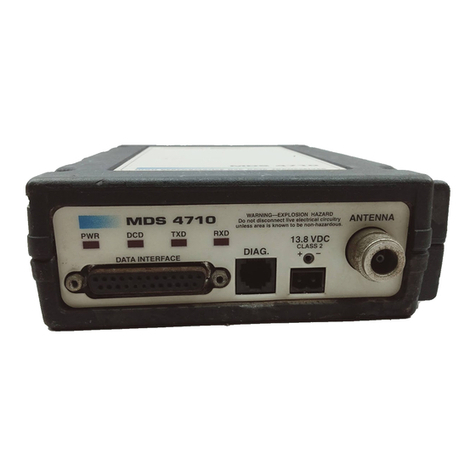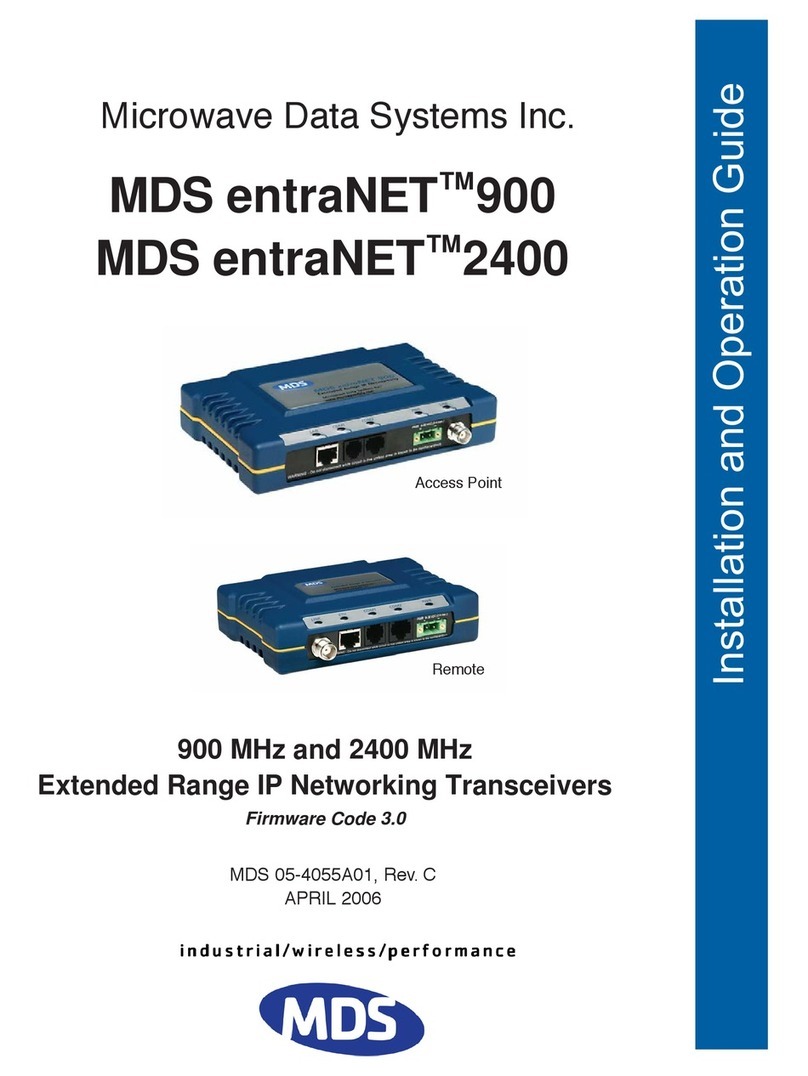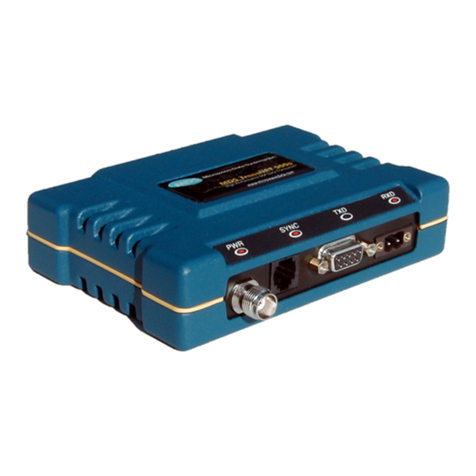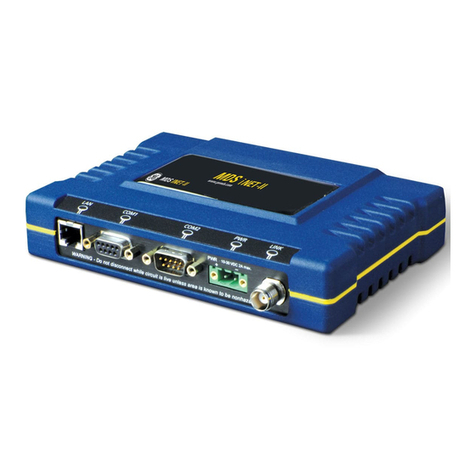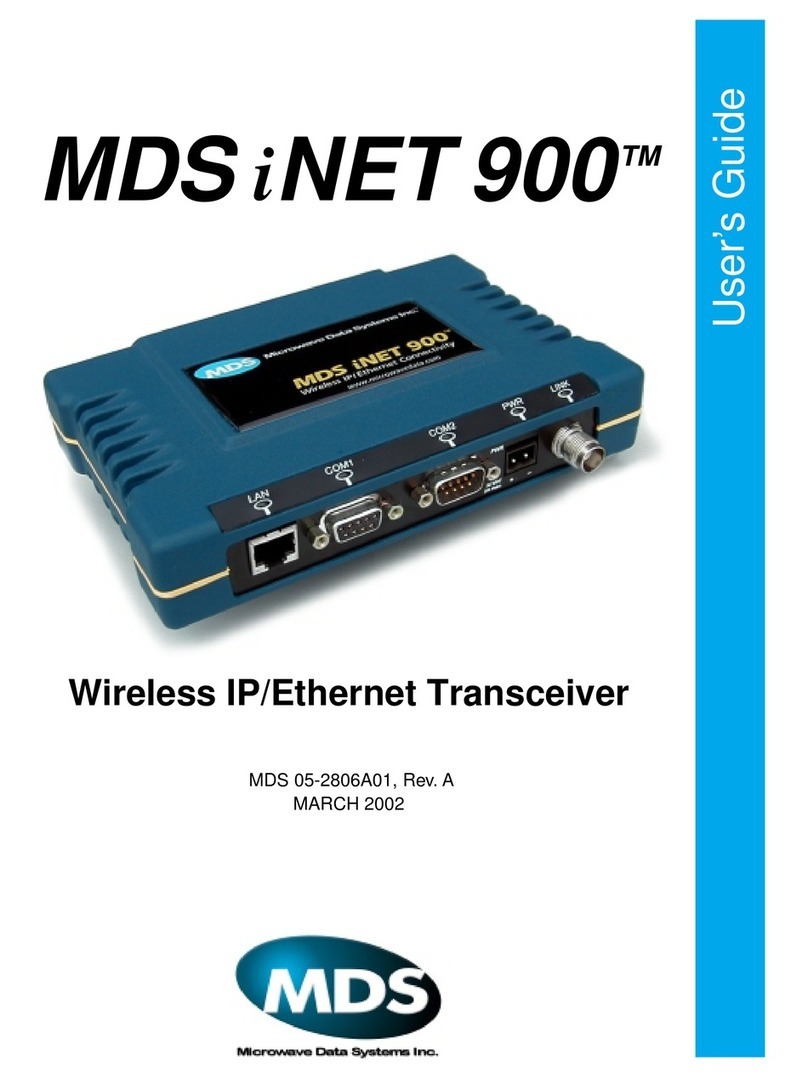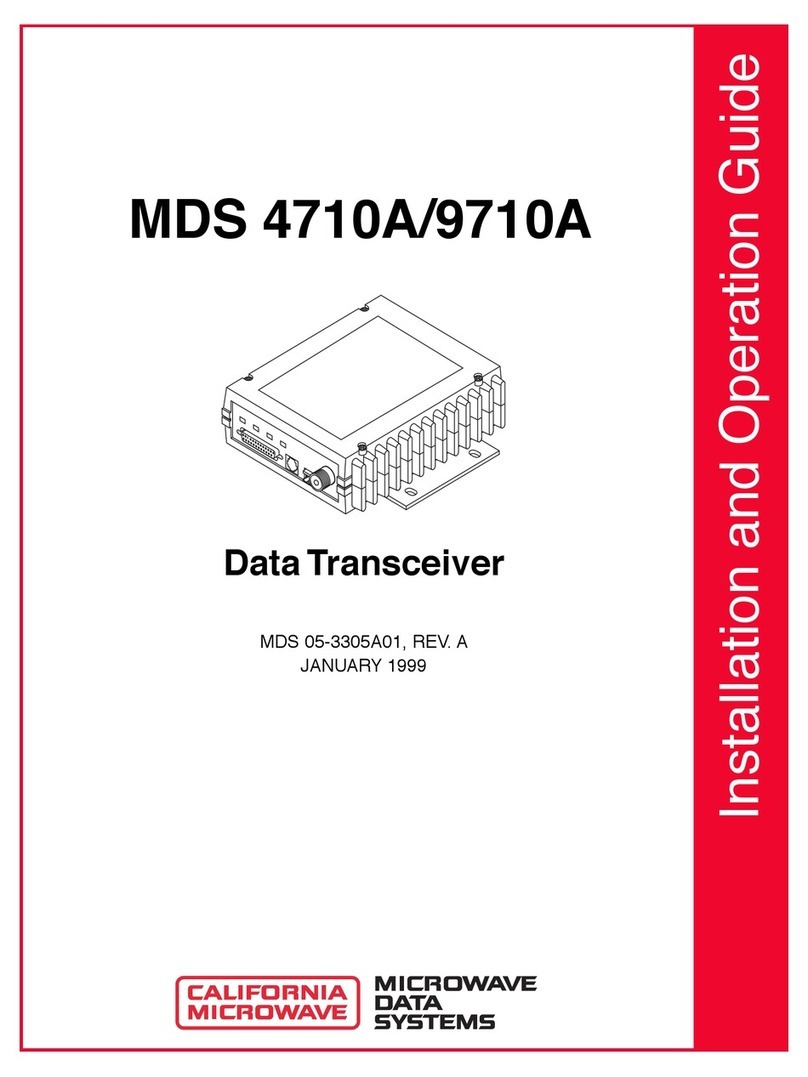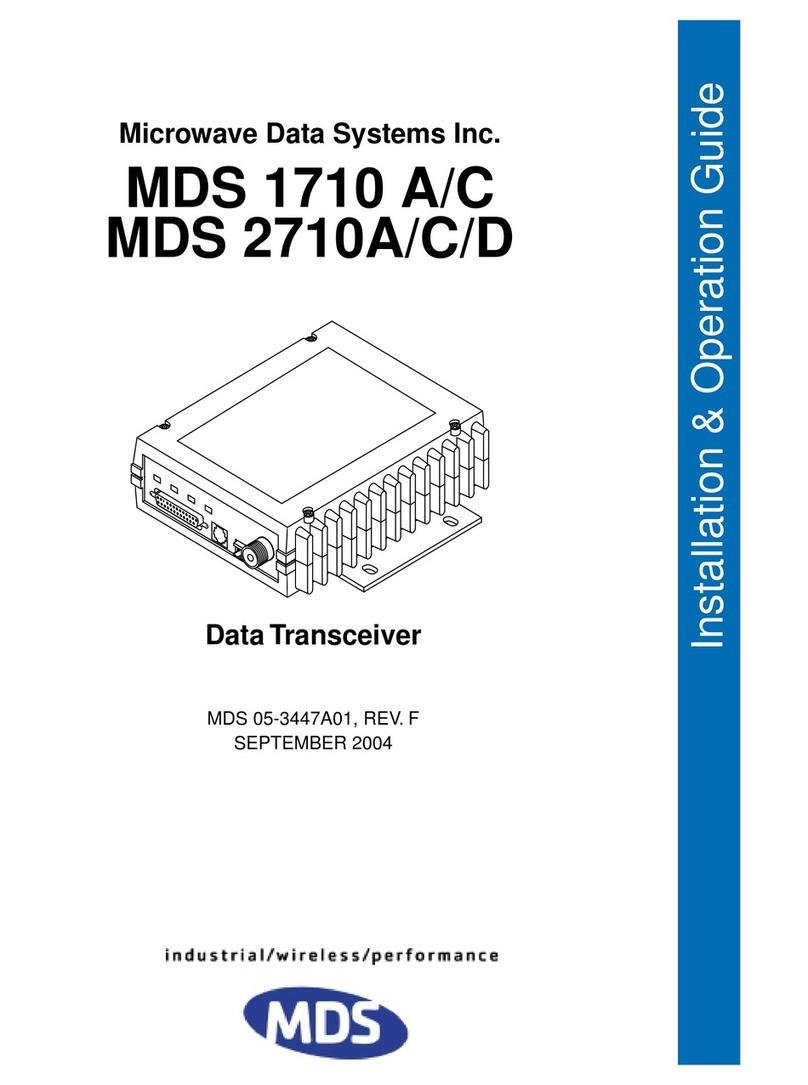
ii MDS 4710B/9710B I/O Guide MDS 05-3316A01, Rev. E
DECP [0–100]...............................................................................23
DF.................................................................................................23
DIAGLEV [OFF, 1,2,3]...................................................................23
DKEY............................................................................................24
DP.................................................................................................24
DSTE............................................................................................24
DUMP...........................................................................................24
EMP [ON, OFF] ............................................................................24
ESTE ............................................................................................24
HREV............................................................................................25
IF ..................................................................................................25
INCF [1–99] ..................................................................................25
INCP [1–99]..................................................................................25
INIT...............................................................................................25
IP ..................................................................................................26
KEY ..............................................................................................26
LBC [xxxx] ....................................................................................26
MODEL.........................................................................................26
MODEM [NONE, BELL, 4800B, 9600B].......................................26
OWM [XXX...] ...............................................................................27
OWN [XXX...]................................................................................27
PTT [0–255]..................................................................................27
PWR [20–37] ................................................................................27
RMIS.............................................................................................27
RMOV...........................................................................................27
RMRD...........................................................................................28
RMST ...........................................................................................28
RSSI .............................................................................................28
RTU [ON/OFF/0-80]......................................................................28
RX [xxx.xxxxx] ..............................................................................28
RXLEVEL [–20...+3] .....................................................................28
SCD [0-255]..................................................................................29
SER ..............................................................................................29
SHOW [DC, PORT, PWR].............................................................29
SREV............................................................................................29
STAT .............................................................................................29
STE...............................................................................................30
SWC [ON, OFF]............................................................................30
TEMP............................................................................................30
TOT [1-255 ON/OFF]....................................................................31
TX [xxx.xxxxx]...............................................................................31
TXLEVEL [–20...+3, AUTO]..........................................................31
6.0 TROUBLESHOOTING...............................................................31
6.1 LED Status Indicators ....................................................................32
6.2 Event Codes ...................................................................................32
Checking for Alarms—STAT command.........................................32
Major Alarms vs. Minor Alarms.....................................................33
Event Code Definitions.................................................................33
